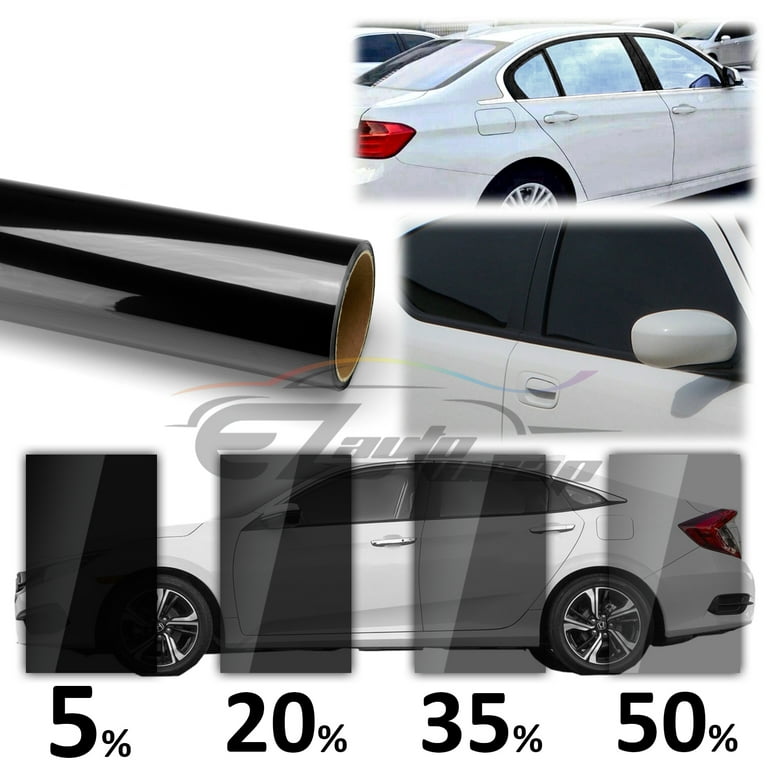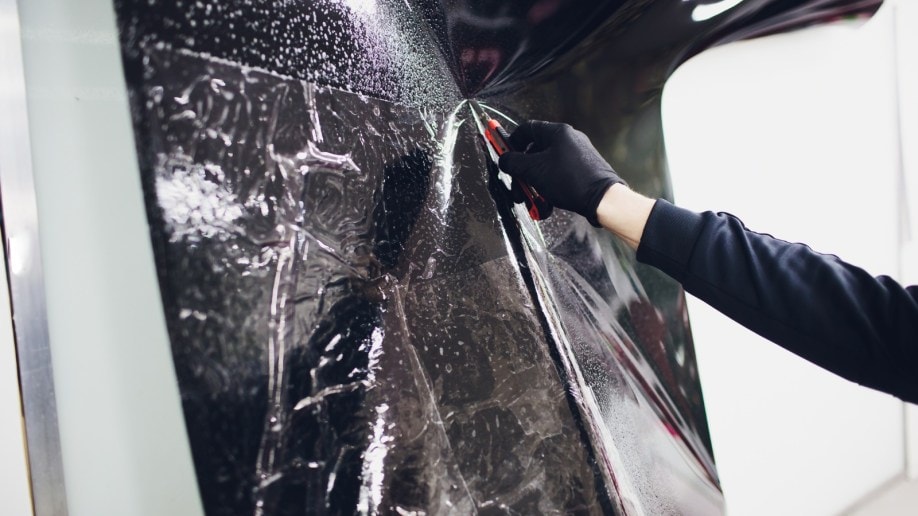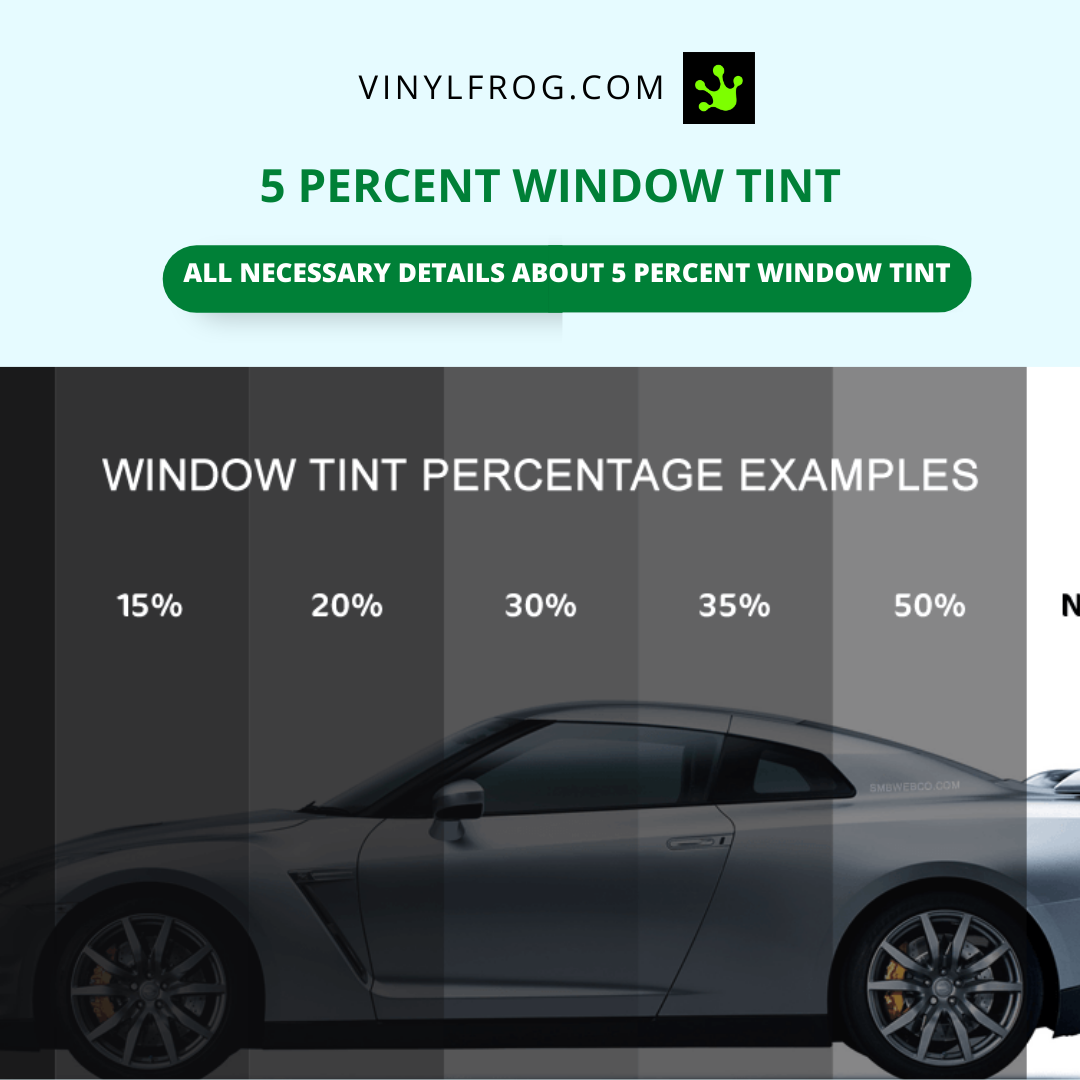Economical Vehicle Window Tinting for each Car Kind
Economical Vehicle Window Tinting for each Car Kind
Blog Article
Window Tinting Regulations and Standards: What You Need to Know Prior To Tinting Your Car
Before proceeding with window tinting for your lorry, it is important to acquaint on your own with the diverse regulations and standards that govern this method throughout various states. These guidelines determine the permitted levels of tint darkness, usually gauged by visible light transmission (VLT) percentages, and include certain stipulations for front windscreens aimed at guaranteeing roadway security.
Review of Window Tinting Laws
Home window tinting legislations are often based on variation across various jurisdictions, showing regional laws and security considerations. These laws determine the allowable levels of color darkness and reflectiveness on automobile windows, guaranteeing that drivers maintain appropriate presence while additionally protecting against harmful UV rays and heat.
Most guidelines categorize home window tinting based upon the Visible Light Transmission (VLT) percentage, which indicates the amount of light that can go through the home window. Generally, lower VLT percentages signify darker tints. Legislations typically distinguish in between the front, side, and rear home windows, with stricter constraints used to the front windshield to enhance security for both the driver and various other road individuals.
Furthermore, some territories impose restrictions on the reflectivity of the color, protecting against extreme glare that can hinder visibility. Exceptions to these regulations might exist for individuals with particular clinical conditions needing additional sun protection. Compliance with home window tinting laws is important, as infractions can result in fines, required removal of the tint, and potential boosts in insurance coverage premiums. It is necessary for lorry owners to acquaint themselves with neighborhood laws prior to continuing with window tinting installations.
State-by-State Tint Rules
Understanding the certain home window tinting policies in each state is essential for lorry owners looking for to adhere to the legislation. Each state in the U.S. has developed its very own collection of policies controling window tinting, which can differ considerably. These guidelines often determine the allowable degrees of color darkness, the kinds of home windows that can be tinted, and any kind of clinical exemptions that may use.
For example, states like The golden state have rigorous limitations on tint darkness for front windows, while others, such as New Mexico, might enable darker colors. Additionally, specific states mandate certain exposure percentages for different home windows, including the windshield, front side windows, and back windows. It is crucial for car owners to familiarize themselves with their state's laws to prevent prospective penalties or penalties.
Moreover, some states may call for a certification sticker to be positioned on tinted home windows, indicating compliance with state laws. Failing to adhere to these policies not just takes the chance of lawful effects yet can likewise affect security and presence while driving. For that reason, car proprietors should carry out thorough research study or consult neighborhood authorities to make certain complete understanding and compliance with state-by-state color laws.
Allowed Color Kinds and levels
Numerous car owners may be stunned to discover that allowed tint levels and kinds differ commonly throughout various states. Each state has developed its very own policies pertaining to the permissible darkness and reflectivity of window color, often measured by Visible Light Transmission (VLT) portions. VLT describes the quantity of light that can go through the tinted home windows; thus, a lower portion shows a darker tint.

Furthermore, the kinds of color materials allowed can vary, with some states restricting mirror-like or metal surfaces. It is crucial for car proprietors to acquaint themselves with their state's particular legislations to ensure conformity. Non-compliance can cause penalties, required removal of the color, or various other lawful effects, making it vital to comprehend these laws prior to proceeding with setup.
Medical Exemptions for Tinting
While not all states give allocations for medical exceptions concerning home window tinting, those that do acknowledge the need for specific individuals to improve visibility and convenience due to clinical conditions. Various medical problems, such as lupus, skin cancer, and particular eye problems, can render individuals specifically sensitive to sunshine. Consequently, these individuals may need darker colors to safeguard themselves from hazardous UV rays and glare.

It is very important to read the full info here keep in mind that even with a medical exception, there may still be restrictions on the level of color enabled. Conformity with state laws ensures that individuals are both protected and within legal limits. Those thinking about clinical exemptions need to contact their local Division of Motor Vehicles or comparable authority to understand the requirements and procedures necessary to get an exception successfully.
Charges for Non-Compliance
Stopping working to abide by home window tinting legislations can lead to considerable fines, which vary by state. Police are encouraged to release citations for vehicles that do not follow the specified tinting regulations. These fines usually include fines, which can range from small total up to a number of hundred dollars, relying on the extent of the infraction and the state concerned.
In some jurisdictions, repeated offenses may cause escalating fines or extra penalties, such as mandatory court looks. Furthermore, non-compliance may necessitate the elimination of illegal tinting, commonly at the owner's expense. In severe click here now instances, regular culprits may deal with suspension of their lorry enrollment till compliance is attained.
Additionally, insurance policy ramifications might develop from obtaining multiple citations for home window tint infractions. Insurance firms might watch such violations as an indication of riskier behavior, potentially bring about enhanced costs or problem in insurance coverage.
To prevent these penalties, it is crucial for car owners to familiarize themselves with their neighborhood window tinting legislations and make sure that their vehicle complies (Window Tinting). This proactive method not just stays clear of legal implications but also promotes roadway security
Final Thought

Most laws categorize home window tinting based on the Visible Light Transmission (VLT) percentage, which suggests the amount of light that can pass with the home window. Conformity with home window tinting regulations is crucial, as violations can result in fines, required elimination of the color, and potential rises in insurance policy premiums.Comprehending the particular home window tinting laws in each state is crucial for car owners seeking to comply with the regulation. These regulations usually dictate the allowed levels of tint darkness, the types of home windows that can be tinted, and any kind of medical exemptions that may use.
For circumstances, states like California have rigorous restrictions on tint darkness for front windows, while others, such as New Mexico, may enable darker tints.
Report this page